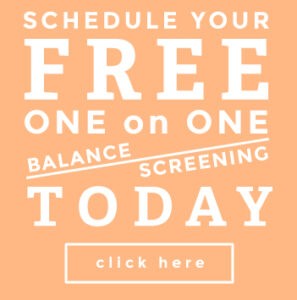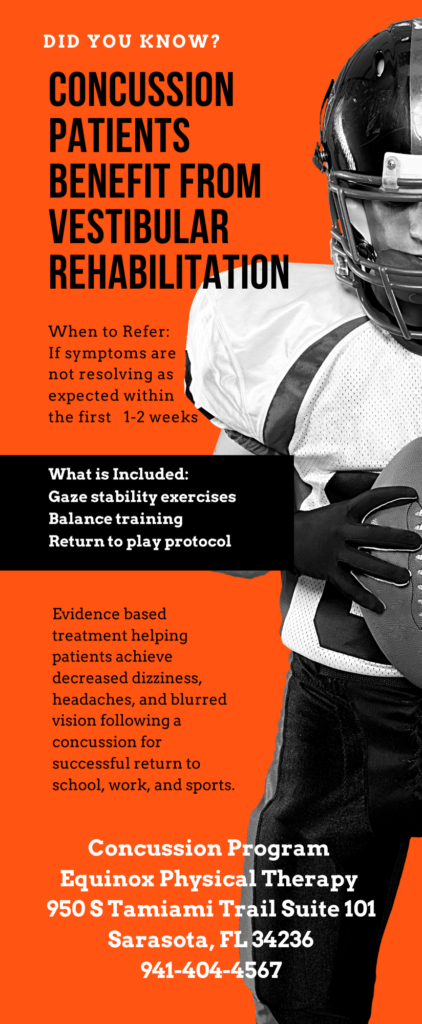This is the time of year when one can reflect on our lives and the things we want to improve on for the upcoming year. Why not make it your goal to improve your balance? One way to decide if your balance needs improving is by having your balance tested. Balance testing can be high tech, or low tech. The low tech testing is something that you could do at home, without fancy equipment, and it is based on a physical performance test. In other words, we ask a patient to perform a balance skill, and then see if they can do it or not. A person with good balance, and no history of inner ear pathology or neurological problems should be able to do the test.
One such test is called the Rhomberg Test. When I do this test with
my balance therapy patients in Sarasota, Florida, I have the patient stand
in a corner about 2 inches away from the wall, with a chair in front for
safety. Then, I am standing by just in case. If you decide to try this
test, have a friend or family member stand by to make sure you do not fall
and get hurt.
The test is this- the person must stand with their feet together, with no space in between the feet. (If you are knock-kneed and cannot get your feet together, then put your knees as close together as you can). Next, you stand as still as you can, trying not to sway. The goal is to be able to do this for 30 seconds without falling, needing to open your eyes, take a step, or touch the wall or chair for support.
When standing with the eyes open, the person is using their vision, their inner ear system, and their somatosensory system to help them balance. Somatosensation is the sensation that allows your joints and muscles to send information to the brain to tell you if you are steady, or swaying. If a person cannot perform this test for 30 seconds, then they are at high risk for falling.
The second part of the Rhomberg Test is performed with the eyes closed. Again, the goal is to stand for 30 seconds. When the eyes are closed, the brain must rely on information from the inner ear, and feeling the ground in order to maintain balance. If a person falls in this test, they are reliant on their vision to maintain balance. This means that they would be at increased risk of falling if walking in a darkened setting, or on a complaint surface such as grass in the back yard when the sun is setting, for example.
How did you do with the testing? If the answer is “not so good”, make it your 2015 New Year’s Resolution to do something about it before you fall and get hurt. What should you do? Talk to your doctor about your balance, and find a physical therapist who specializes in treating inner ear balance problems. You could find a balance specialist in your area if you go to the Vestibular Disorders Association website. They allow you to search for a physical therapist in your area by entering your zip code. I believe you can achieve the goal of better balance in 2015! Happy New Year!
Painting: Planting the New Year’s Pine by Keisai Eisen, 1830s.




